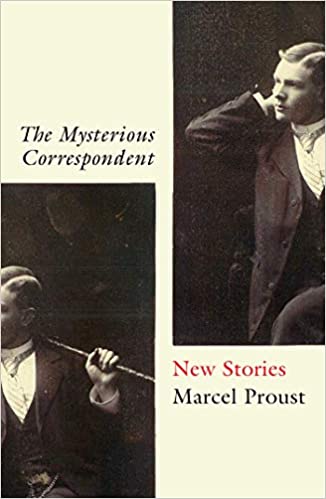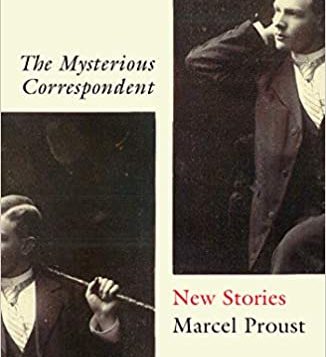 THE MYSTERIOUS CORRESPONDENT
THE MYSTERIOUS CORRESPONDENT
New Stories
by Marcel Proust
Translated by Charlotte Mandell
Oneworld Publications
138 pages, $24.99
MARCEL PROUST is having a very good year: 2021 marks the sesquicentennial of his birth as well as the centenary of his winning the Prix Goncourt—France’s pre-eminent prize for literature. It also marks the publication in English of a book of new work, The Mysterious Correspondent—“new” being a relative term, as the writing itself dates from the 1890s. If that weren’t enough, the recent rediscovery of the legendary “Seventy-Five Pages,” Proust’s personal guide to his masterwork, the seven-volume À la recherche du temps perdu, has definitely sent things over the top.
But where has all this stuff come from, and why has it taken so long to show up? You may well wonder. Proust’s magnum opus had one of the longest gestations of any novel in history. Written between 1909 and 1922, the year of his death, In Search of Lost Time was finished but not polished when Proust died. It was left to his brother Robert to edit the final three titles, the last appearing in 1927. As recently as 1986, a major revision by Proust of one of the later manuscripts, The Fugitive, was discovered. Then, in 2018 a number of additional papers from his estate came to light after the death of publisher Bernard de Fallois, including The Mysterious Correspondent, as well as the aforementioned “Seventy-Five Pages,” long since considered lost but now happily found.
The real mystery of Proust, however, is how and when an otherwise unremarkable young man and society gossip columnist developed the extraordinary talent that led to the creation, in the last years of his life, of what many consider the greatest work of 20th-century fiction. The fact is, Proust had been writing almost nonstop since he was a young man. His early works include the unfinished novel Jean Santeuil and the hybrid Contre Sainte-Beuve, part novel and part art criticism, both unpublished during his lifetime. His first book-length work, a collection of shorter pieces, Pleasures and Days, was published in 1896. It is from this source that the work under review derives, culled from its pages by Proust himself.
Why would a young writer discard the equivalent of a slim volume of stories just as his career was beginning? The reasons are obvious: the subject matter and their timing. In 1896, Proust was 25 years old. It was just a year after the trial of Oscar Wilde, whom Proust had met, and the topic of homosexuality, which informs most of these stories, was fraught. A quarter century later, he had further qualms about publishing Sodome et Gomorrhe, the sixth volume of Recherche, believing the public was still not ready for it.
Jeffrey Round’s latest book is Lion’s Head Revisited, seventh in the Dan Sharp mystery series set in and around Toronto.







